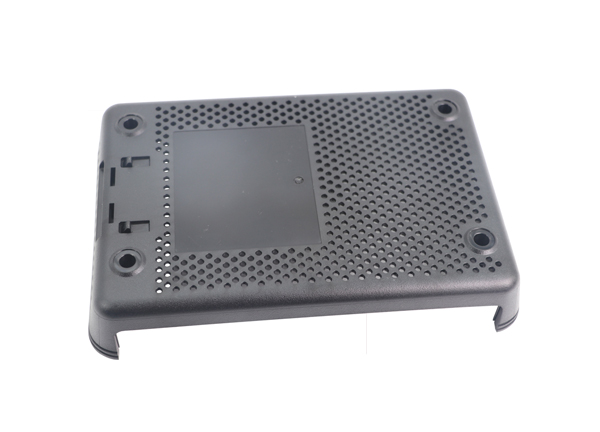1. Injection pressure of
the injection plastic molding
The injection pressure of the injection plastic molding is provided by the hydraulic system of the injection system. The pressure of the hydraulic cylinder is transmitted to the plastic melt through the screw of the injection molding machine. Driven by the pressure, the plastic melt enters the vertical channel (also the main channel for some molds), the main channel and the shunt channel of the mold through the nozzle of the injection molding machine, and enters the mold cavity through the gate. This process is called the injection molding process, or the filling process. The existence of pressure is to overcome the resistance in the melt flow process, or conversely, the resistance in the flow process needs to be offset by the pressure of the injection molding machine to ensure the smooth progress of the filling process.
In the injection molding process, the pressure at the nozzle of the injection molding machine is the highest to overcome the flow resistance in the whole process of the melt. Then, the pressure gradually decreases along the flow length to the front wave front of the melt. If the internal exhaust of the mold cavity is good, the last pressure at the front of the melt is atmospheric pressure.
There are many factors affecting the filling pressure of melt, which can be summarized into three categories: ⑴ material factors, such as the type and viscosity of plastic; (2) structural factors, such as the type, number and position of gating system, the cavity shape of mold and the thickness of products; (3) process elements of forming.
2. Injection molding time
(injection plastic molding)
The injection time mentioned here refers to the time required for the plastic melt to fill the cavity, excluding the auxiliary time such as mold opening and closing. Although the injection time is very short and has little effect on the molding cycle, the adjustment of injection time plays a great role in the pressure control of gate, runner and cavity. Reasonable injection time is conducive to the ideal filling of melt, and is of great significance to improve the surface quality of products and reduce dimensional tolerance.
The injection time is much lower than the cooling time, about 1 / 10 ~ 1 / 15 of the cooling time. This law can be used as the basis for predicting the whole molding time of plastic parts. In the mold flow analysis, the injection time in the analysis result is equal to the injection time set in the process conditions only when the melt is completely pushed to fill the cavity by the rotation of the screw. If the pressure holding switching of the screw occurs before the cavity is filled, the analysis result will be greater than the setting of process conditions.


